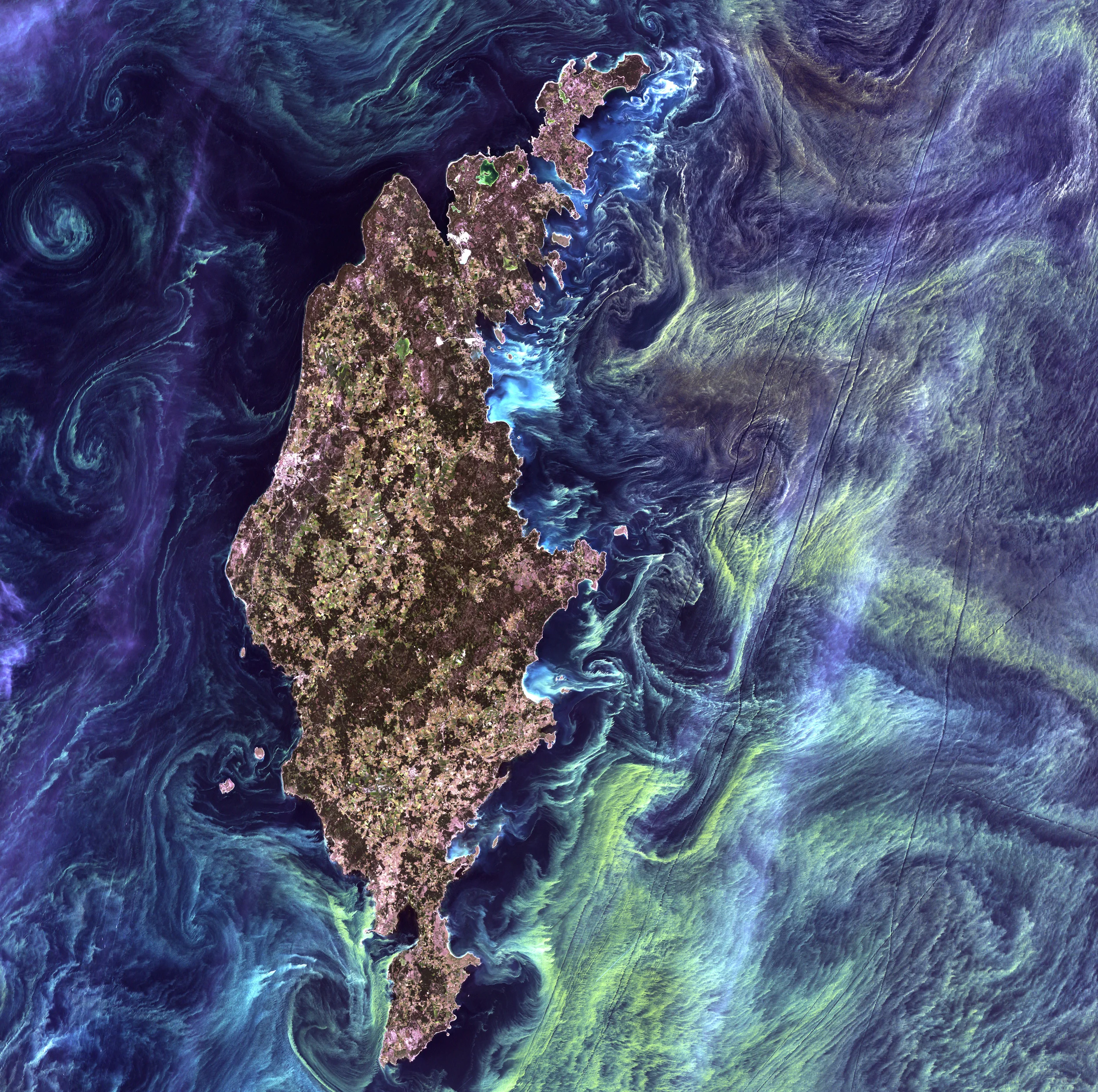What is eutrophication?
Eutrophication it is a process where bodies of water, such as lakes, estuaries, or slow-moving streams, receive excess nutrients that stimulate excessive plant growth. This enhanced plant growth, often called an algal bloom, reduces dissolved oxygen in the water. This affects the ecosystem and might change it totally.
Since the early 1900s, the Baltic Sea has become increasingly eutrophied as a result of increasing inputs of nutrients from anthropogenic activities in the catchment area (the area from which water flows to the sea) and at sea.
According to the latest HELCOM assessment on eutrophication, in 2007-2011 almost the entire open Baltic Sea was assessed as being eutrophied and only the open Bothnian Bay was assessed as being unaffected.
Where do nutrients come from?
There are two main nutrients causing eutrophication, nitrogen (N) and phosphorus (P). They are deposited to the sea in several different ways. About 80% of all nutrients in the sea come from land-based activities, including sewage, industrial and municipal waste and agricultural run-off. The rest is mainly from nitrous gasses, emitted when burning fossil fuels, from traffic, industry, power generation and heating.
In 2000, about 660,000 tonnes of nitrogen and 28,000 tonnes of phosphorus entered the Baltic Sea via rivers. The Baltic Sea now contains four times as much nitrogen and eight times as much phosphorus as it did in the early 1900s. Five large rivers – the Neva, Nemunas, Daugava, Vistula, and Oder – together account for the majority of the nutrient loads entering the Baltic Sea. Although a decline in the nutrient loading has been observed in recent years, little change in eutrophic effects has been recorded in the Baltic Sea.
Another cause for increased nutrient levels in the sea, especially in the case of phosphorus, is 'internal loading' which is caused by phosphorus pools accumulated in the sediments of the sea bed being released back to the water under anoxic conditions. For more information see the HELCOM Fifth Baltic Sea Pollution Load Compilation.
Global warming is also stimulating eutrophication as higher temperatures in the Baltic Sea region increases the decomposition rates of the algae, compounding the effects of the nutrients.
Latest Status (2007-2011)
The entire open Baltic Sea was assessed as being eutrophied. Coastal areas in Orther Bucht (Germany), outer coastal Quark (Finland) and outer coastal Bothnian Bay, outer coastal Bothnian Sea and inner and outer coastal Quark (Sweden) were the only coastal areas assessed by national authorities as being in good ecological status.
This result indicates that despite measures taken to reduce external inputs of nitrogen and phosphorus to the sea, good status for eutrophication has not been reached yet. Nearly the entire sea area is still affected by eutrophication.
Efforts have been made to limit the production of algae and reverse the development of a eutrophied Baltic. Major investments have been made in waste water treatment plants and industrial production. But the main problems are now non-point sources – mainly run-off from agriculture.






